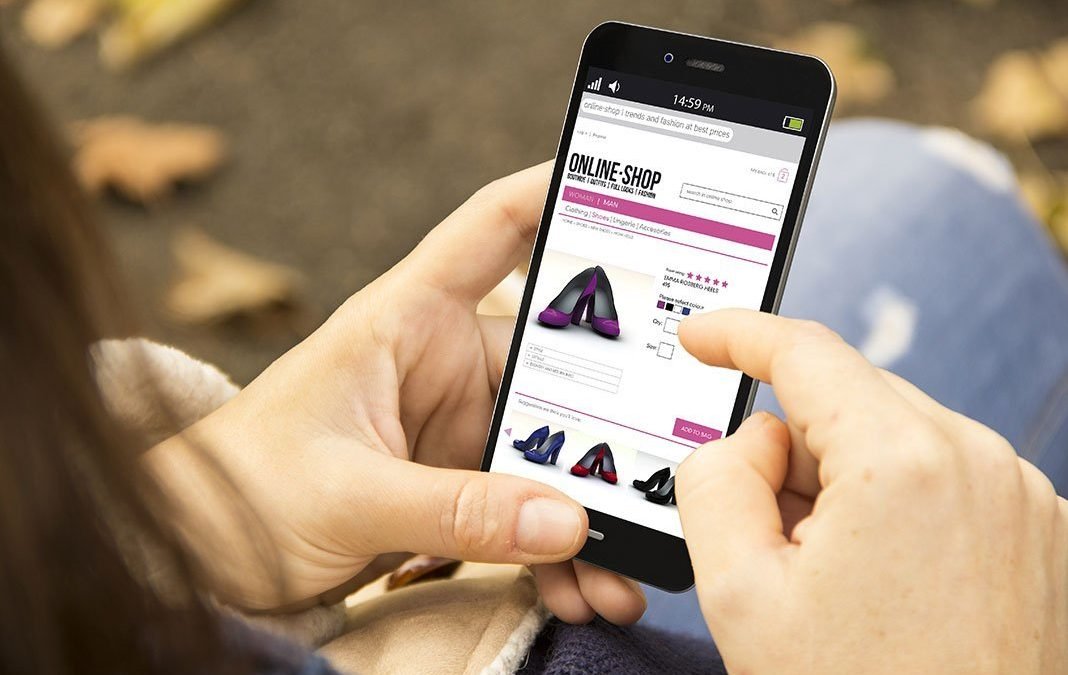In the latest marketing news, last year the IMRG reported that UK consumers spent a huge £133 billion online – £18 billion more than 2015; growth that is in part fuelled by the 47% year-on-year increase in sales made on smartphones. With figures set to record a further 14% growth for 2017 it’s clear that the retail industry is dealing with a new kind of customer.
As online, mobile-first shopping habits continue to rise, online retailers occupy a unique position in the market – with consumer convenience on their side, etailers have the opportunity to control an even bigger portion of it.
SEE ALSO: How AI and Robotics Will Change Marketing
However, despite these significant sales figures and this commanding position, online retail still only represents just over a third of total UK retail revenues. So, what’s holding them back?
In 2015 Brightcove conducted research with 2,000 UK consumers to unveil their online shopping habits, preferences and – more importantly – wants. The findings revealed that despite the convenience online shopping offers, consumers still value ‘real life’ experiences and miss the ability to touch and feel products.

So, two years on, have things changed? Is ‘e-tailing’ still missing the human touch? And, if so, how can new technologies help bridge the gap between on- and offline shopping experiences?
Looking at the results from this year’s study – ‘When Worlds Collide: The Future of Online Shopping– it is clear that this online/offline gap still exists for UK retailers, with consumers continuing to pine for the tactile, hands-on experience of bricks-and-mortar retailing.
Our 2017 data showed that two thirds of consumers still miss the ability to try on (66%), touch and feel (64%) the products they are buying, over a third (36%) miss the ease of returning items, and around two in ten (17%) say online shopping lacks the advice of sales assistants.
Until online retailers are able to replicate or at least embrace some of these aspects of the offline retail experience, consumers will only ever hover over the ‘Buy Now’ button.
For more marketing updates and news, keep reading iTMunch.





